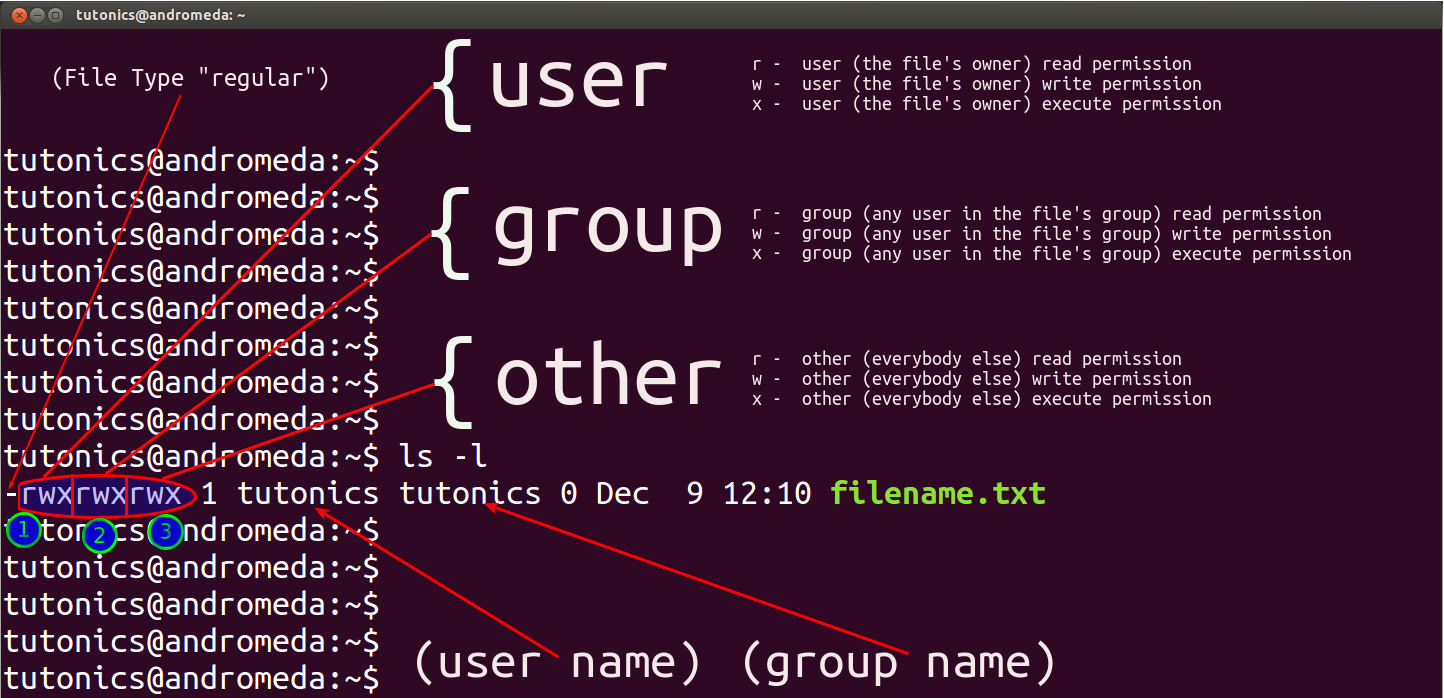


From the terminal, ping the server with the following (modifying to an IP address/server you have on your LAN): To save and close the file, hit the Ctrl+X keyboard combination and answer y to save. You could use invoiceplane.lan, but that causes problems with web browsers.Īt the bottom of the hosts file, add the following line (modifying to an IP address/server you have on your LAN):ġ92.168.1.11 invoiceplane The finished file will look like that in Figure B.įigure B Our updated hosts file now includes the entry for invoiceplane. What we’ll do is map the IP address 192.168.1.11 to the hostname invoiceplane and the FQDN It should be noted that I do not own the domain, nor does it resolve to anything. We’ll use one of the examples mentioned above. And since we’ve mapped the IPv6 address ::1 to localhost, the same thing holds true. Since we’ve mapped the address in hosts, both of those commands would ping the local machine. Because of this, you could ping the local machine with either ping 127.0.0.1 or ping localhost. The first line (127.0.0.1 localhost) maps the loopback address to the name localhost. In my example, localhost is represented in two different ways:ġ27.0.0.1 is referred to as either the localhost or loopback address and is used on every computer (Linux, macOS and Windows). The first entries in the hosts file are always dedicated to the localhost, which is the local machine.

Upon successfully typing your user password, you’ll see the hosts file opened and ready for editing ( Figure A).įigure A This is a sample hosts file on one of my Linux desktop machines. You will be prompted for your user password. To open the file for editing issue the command: Because the hosts file lives in the /etc/ directory it’s protected, so we must elevate our user’s privilege with the sudo command. We’ll use the nano editor (as that is the simplest tool for this purpose). We’re going to do this from the command line, so either log into your Linux server or open a terminal window on your Linux desktop. The first thing to do is open the hosts file for editing.
#File details linux how to
How to open the hosts file for editing in Linux Let’s dig into the hosts file to see how it works. Part of the process of deploying such a cluster is mapping the controller and nodes in the hosts file. Or, say you’re deploying a Kubernetes cluster. Now, what if you could map that IP address to a more standard address (say so your users don’t have to type out the IP address (which most people have a harder time remembering)? The IP address of the machine hosting InvoicePlane is 192.168.1.11, and to get to the service, users have to type 192.168.1.11/invoiceplane. Let’s say you’ve deployed the InvoicePlane invoice management system on a Linux machine within your local LAN. In a sense, the hosts file acts as a local DNS server. This is very important with certain setups and to make networking on Linux a bit easier. Simply put, the hosts file is a way to map hostnames to IP addresses. To work with the hosts file, you’ll need a running instance of Linux (it doesn’t matter which distribution) and a user with sudo privileges.

Oracle Linux checklist: What to do after installationĪre you ready for this? Let’s do it. This Linux learning path will help you start using the OS like a proītop is a much-improved take on the Linux top command Open-source repository SourceHut to remove all cryptocurrency-related projects With that in mind, I’m going to introduce you to the hosts file and walk you through every step of editing it. The hosts file is a great place to start, as it is not only very useful, it can help new-to-Linux users get up to speed on a few important concepts. SEE: 40+ open source and Linux terms you need to know (TechRepublic Premium) But every so often I receive a question that reminds me some are new to Linux and need help with the basics. On a regular basis, I reference the hosts file in Linux and assume everyone knows what it is. Jack Wallen introduces you to the hosts file and how to add entries to it. If you're new to Linux, there's a very handy file you'll want to learn about right away. Get to know the Linux hosts file and how to use it


 0 kommentar(er)
0 kommentar(er)
